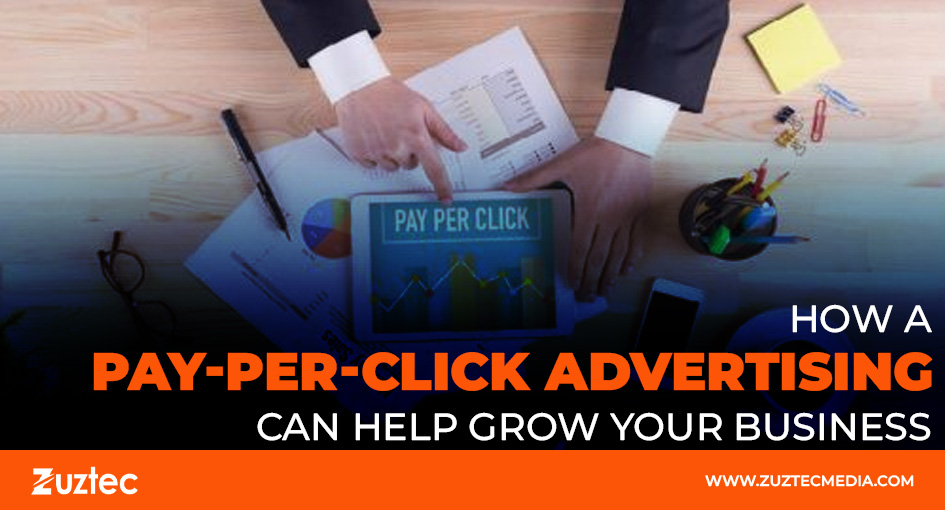
How Pay-Per-Click Advertising Can Help Grow Your Business
In today’s competitive digital world, businesses must find effective ways to drive targeted traffic to their sites, and one of the fastest methods is pay-per-click (PPC) advertising. PPC offers a direct and measurable way to reach potential customers who are already searching for products or services you offer.
Pay-per-click advertising is a model where advertisers pay a fee each time someone clicks their ad. Instead of earning traffic organically, businesses essentially “buy” visits to their websites. When executed properly, PPC campaigns can bring in high-quality leads, boost sales, and significantly improve brand awareness. Platforms like Google Ads, Bing Ads, and social media channels make it easy to set up and launch PPC campaigns for businesses of any size.
However, successful PPC advertising requires much more than simply paying for clicks. It demands strategic keyword selection, compelling ad copy, effective bidding strategies, and consistent performance monitoring. Without these elements, campaigns can become costly without delivering meaningful results.
In this article, we will explore what PPC advertising is, its major advantages, and the best strategies to build successful campaigns. Whether you are just starting with PPC or looking to improve your existing campaigns, understanding the fundamentals and applying smart tactics can make a big difference in your marketing success.
What Is Pay-Per-Click Advertising?
The most common platform for PPC is Google Ads, but others like Microsoft Advertising and Facebook Ads are also popular. When a user’s search matches those keywords, the platform decides which ads to show based on factors like bid amount and ad quality. Unlike organic search results, which can take months to build through SEO, PPC offers immediate visibility. The cost of PPC advertising varies widely depending on the competition for the chosen keywords. Highly competitive keywords can be expensive, while niche terms might be more affordable. The key to success lies in selecting the right keywords, creating engaging ads, and managing bids wisely to maintain a positive return on investment (ROI).
PPC campaigns also offer valuable tracking and analytics. Advertisers can see exactly how many people clicked their ads, how much each click cost, and whether those clicks resulted in conversions. This level of data helps in refining campaigns and making smarter marketing decisions over time.
Benefits Of PPC Advertising For Businesses
Pay-per-click advertising offers a range of benefits that make it a highly effective digital marketing tool. One of the biggest advantages is immediate visibility. Unlike SEO, which requires long-term effort, PPC campaigns can put your business at the top of search results almost instantly.
Another major benefit is precise targeting. With PPC, businesses can target audiences based on keywords, location, language, device, time of day, and even demographics. PPC also provides measurable results. With built-in tracking tools, you can see exactly how many clicks, impressions, and conversions your ads generate. This transparency allows you to calculate your ROI and adjust campaigns as needed to maximize performance.
Cost control is another strong advantage. PPC platforms allow you to set daily or monthly budgets, so you never spend more than you plan. You only pay when someone clicks your ad, making it a cost-effective way to drive traffic compared to traditional advertising methods.
Moreover, PPC can complement other marketing efforts. While you build your organic search presence through SEO, PPC can provide immediate traffic and brand exposure. Combining both strategies often leads to better overall performance.
Best Strategies To Succeed With PPC Advertising
Running a successful pay-per-click advertising campaign requires a well-thought-out strategy. The first step is thorough keyword research. Focus on finding keywords that are highly relevant to your products or services, but also consider the competition and cost-per-click to stay within your budget.
Creating compelling ad copy is equally important. Your ads should be clear, engaging, and include a strong call to action (CTA). Highlight what makes your offering unique and why the user should click your ad over others.
Optimizing your landing pages is another critical factor. When users click your ad, they should be directed to a landing page that matches the ad’s promise and makes it easy for them to take the next step, whether it’s making a purchase, signing up, or requesting more information.
Managing your bids smartly is crucial for staying cost-effective. Use automated bidding strategies offered by platforms like Google Ads if you’re new, or adjust bids manually as you gain more experience and data insights. Focus more budget on high-performing keywords and pause low-performing ones.
Regular monitoring and testing are key to ongoing success. Always track performance metrics such as click-through rate (CTR), conversion rate, and cost-per-conversion. Run A/B tests to try different ad variations and landing page designs, learning from the data to continually refine your campaigns.
Lastly, staying updated on platform changes and industry trends is vital. PPC platforms often roll out new features that can improve performance. By staying informed and adapting your strategies, you can ensure your PPC campaigns remain competitive and successful over time.

